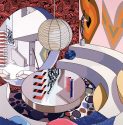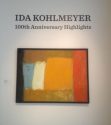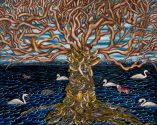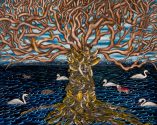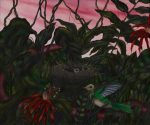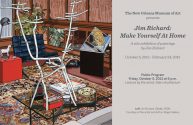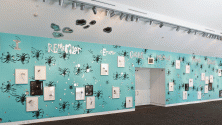Lesley Dill is one of the most prominent American artists working at the intersection of language and fine art. Her elegant sculptures, art installations, mixed-media photographs, and evocative performances draw from both her travels abroad and profound interests in spirituality and the world’s faith traditions. Exploring the power of words to cloak and reveal the psyche, Dill invests new meaning in the human form. Paper, wire, horsehair, photography, foil, bronze, and music comprise elements through which the artist conveys the complexities of communication. The often secret, indecipherable, and bold meanings of words emerge not only from hearing their sounds, but by feeling them—language is a visceral, bodily experience. Dill challenges the viewer to confront our linguistic relationships as well as perceptions of language itself.
Read More


